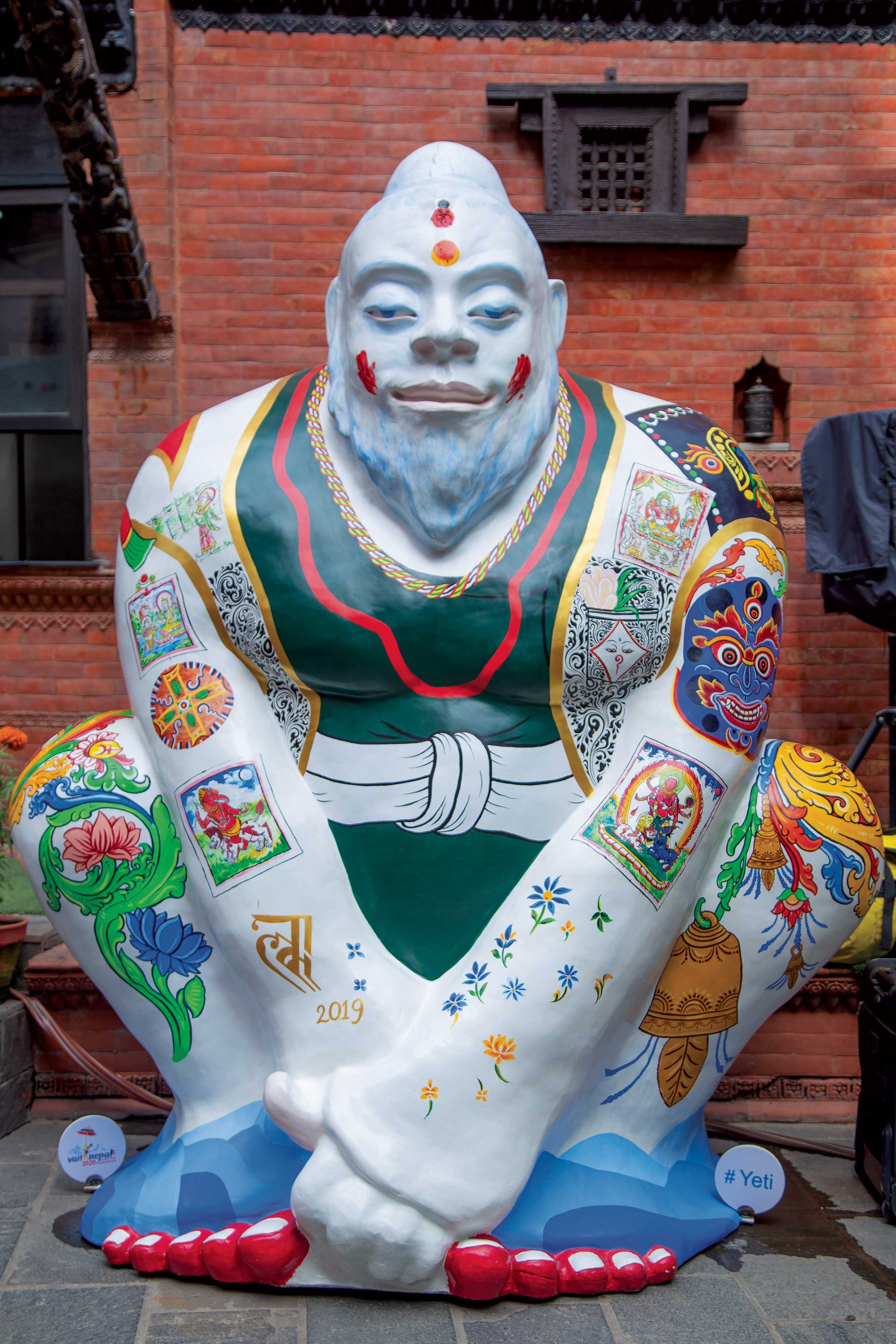I am nameless and ageless, from some-where, anywhere,everywhere... I’ve placed these stones to mark my passage as a pilgrim in the snowy abode of the gods.
I come from the city, from the hills, from aulo – the feverish lowlands, or from Bharat (India), sore of foot and bone weary. I struggle, yet I feel nothing but joy and refreshment. I come on the full moon day of August and other holy days, to wash away my sins in the icy waters of the milk lake, the Dudh Kund. I come to worship, for surely this is where Shiva Mahadev lives, here, high in the snowbound Himal.
These few stones mark my passage. I have placed them here for all to see but none to know, a few stones out of millions, one pilgrims out of thousands or hundreds of thousands who have trod these mountain trails each year over the past millennia and more. When did I place these stones beside the trail? You cannot know, for they are mute and I am long gone. But, if stones could speak: Aha! – what tales they could tell. Instead, they see us and hear our footfalls, but they tell no one who we are nor who placed them. Yet you and I both know why we have come to these breathless heights—to stand in awe of God and Nature, to bathe, to worship, to take darshan of the deities in their mountain abode. And leave a cairn of stone to mark the happening.
Pilgrims have been plying the high Himalayan valleys for millennia. Some of the earliest recorded accounts of sacred pilgrimage from the hot plains of India across the hills up into the cold snowy mountains were first described in the epic Mahabharata over 3,000 years ago. What brought them here? What continues to draw zealous pilgrims so far from home? What marks do they leave on the land?..., for there is hardly a place in the mountains that does not show the marks of human passage, marks as fresh as yesterday and as ancient as time immemorial.
The stone cairn by the trail tells all, in resolute silence. The stones, one atop the other, leave a message well known but unwritten, unvoiced—that a man or woman or child passed this way and wished all who followed to know it. The stones relay something of the thrill of accomplishment at a high point along the trail, atop a hill, on first sight of the snows, on a pass, beside an icy lake. For some, the elderly, it is the dream of a lifetime to suffer the trail and stand at the foot of the high peaks on the icy lake’s edge to worship and bathe in the frigid milk white waters; then, returning home, to tell of their adventures in whispers of awe to children and grandchildren, of the time they climbed high and saw God.
The stones are a mute form of writing, yet nothing is written on them. And though no no ink is spilled on their rounded surface, the meaning is clear: I have passed this place, and you, the next passersby, in this year or the next, or a century hence, shall share something of the thrill of it. I am a common farmer (you may guess they say), or a mother or father of sons and daughters, or of none, or a sinner, or a purohit (Hindu priest), a shop keeper, a school teacher, a sadhu, a sannyasin (‘yogi’). I am all or some or none of these, for I am nondescript, mute, with ample piety silently mouthing a holy mantra or chanting aloud a sacred sloka.
I have placed these stones by the track and move on. And, you, following me in this high and barren wilderness of ice and snow and rock, in this year or the next, or decades hence, will also place stones to mark your passage through this sacred land.
Good writing!
Don Messerschmidt may be contacted at don.editor@gmail.com.
Some lesser-known vegetable dishes from the southern plains
I’m not a vegetarian but I love vegetables. And whenever I get to the southern plains of Nepal, I try...









